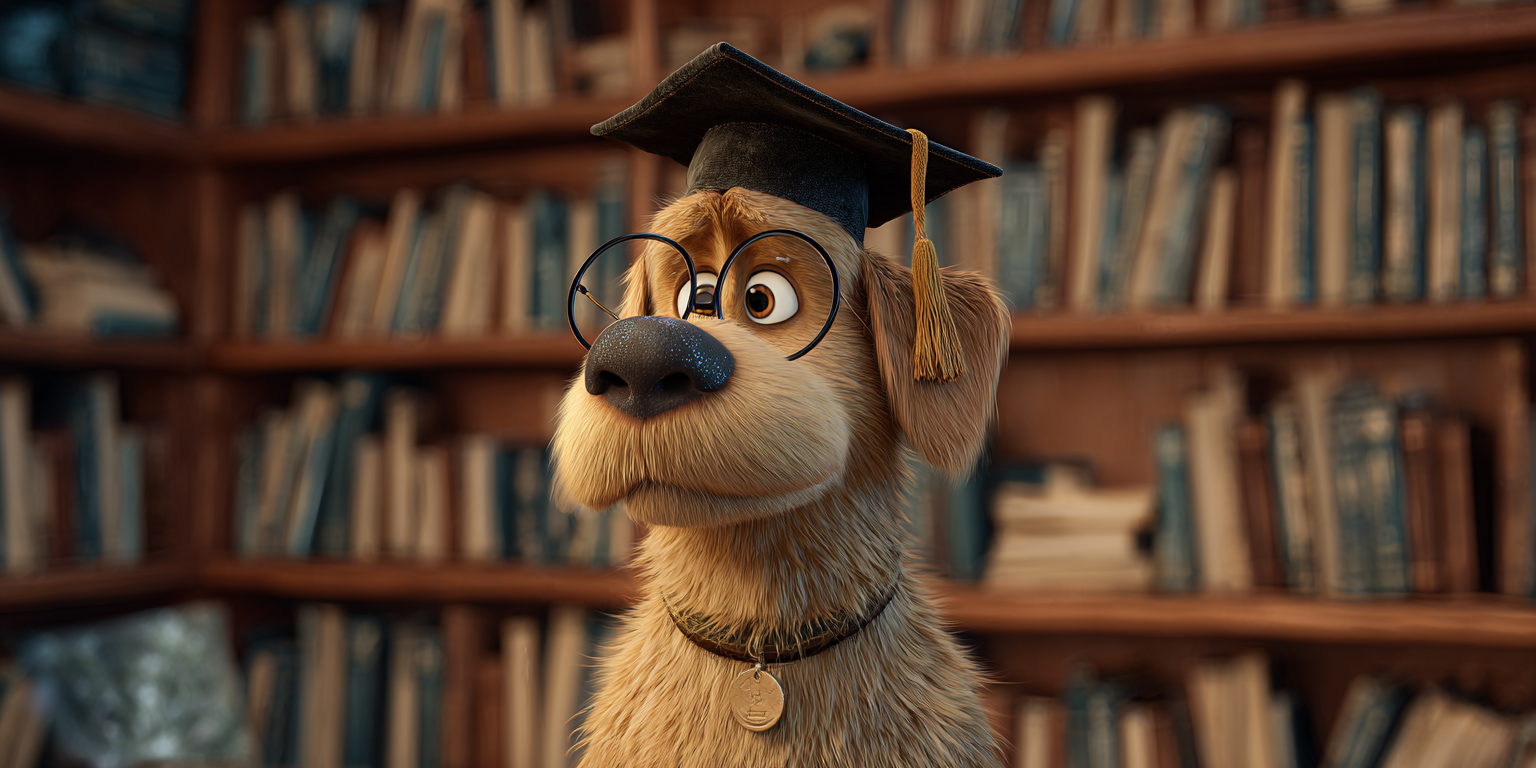Understanding and Solving Common Behavioural Problems in Dogs
Understanding and Solving Common Behavioural Problems in Dogs: A Guide for Frustrated Owners

Dogs bring endless joy, love, and companionship into our lives—but they can also bring chewed furniture, dug-up gardens, and noise complaints from the neighbours.
While these behaviours are often normal from a canine perspective, they can be incredibly frustrating for dog owners trying to create a peaceful and well-behaved household.
Excessive barking, destructive chewing, digging, aggression, and jumping up on people are among the most common behavioral problems owners face. What makes these behaviours particularly challenging is that many dog owners struggle with consistency and clarity in their training, often unintentionally reinforcing the very issues they’re trying to stop.
This article explores these common canine behaviors, explains why they happen, and—most importantly—offers practical, dog-friendly solutions to help owners manage and correct them.
1. Excessive Barking: When Your Dog Won’t Stop Yapping
Why Dogs Bark:
Dogs bark for many reasons—boredom, excitement, fear, anxiety, attention-seeking, or to alert you to something. Some breeds are naturally more vocal than others (we're looking at you, Beagles and Terriers), but any dog can develop a barking problem without proper training and stimulation.
Common Triggers:
- Separation anxiety when left alone
- Strangers or other animals near the home
- Boredom or lack of exercise
- Attention-seeking behaviour
How to Stop It:
- Identify the trigger. Keep a log of when barking occurs and what precedes it.
- Avoid yelling. Your dog thinks you’re barking too, which can reinforce the behavior.
- Teach the “quiet” command. Start when your dog is calm and reward them for silence.
- Provide mental stimulation. Puzzle toys, snuffle mats, and training exercises can keep a dog’s mind occupied.
- Increase exercise. A tired dog is a quiet dog.
Pro Tip:
Ignore barking that’s attention-seeking. Only reward your dog when they are calm and quiet. Consistency is key.
2. Chewing Furniture: A Doggy DIY Nightmare
Why Dogs Chew:
Chewing is a natural behavior. Puppies chew to relieve teething pain, and adult dogs chew to keep their jaws strong and relieve stress. But when the object of their chewing is your expensive sofa, it’s time to intervene.
Common Causes:
- Boredom or lack of exercise
- Separation anxiety
- Teething (in puppies)
- Lack of appropriate chew toys
How to Stop It:
- Dog-proof your house. Keep valuables out of reach.
- Provide appropriate chew toys. Rubber toys, bones, and puzzle feeders are great choices.
- Use taste deterrents. Products like bitter apple spray can make furniture unappetizing.
- Supervise and redirect. If you catch them chewing furniture, calmly redirect to a toy.
- Crate training. A crate can prevent unsupervised chewing and become a safe haven.
Pro Tip:
Praise your dog every time they chew the right thing. This positive reinforcement teaches them what's acceptable.
3. Digging Holes: Your Dog’s Backyard Renovation
Why Dogs Dig:
Dogs dig for various reasons—instinct, boredom, to cool off, or to hide food. Some breeds like Huskies and Dachshunds are natural diggers. But when your dog turns your backyard into a lunar landscape, it’s time for action.
Common Motivations:
- Boredom or excess energy
- Attempting to escape
- Burying items or food
- Breeds with strong digging instincts
- Seeking cooler ground in hot weather
How to Stop It:
- Provide a designated digging zone. A sandbox filled with toys can redirect this natural behavior.
- More exercise. Dogs with pent-up energy are more likely to dig.
- Remove buried treasures. Don’t let them hide bones or toys in the yard.
- Block escape routes. Reinforce fencing and monitor outside time.
- Discourage revisiting dug holes. Fill them with rocks or dog-safe deterrents.
Pro Tip:
If your dog enjoys digging, give them a legal outlet. Bury treats or toys in a designated area so they can dig without destroying your garden.
4. Aggression: A Dangerous and Misunderstood Behaviour
What Counts as Aggression:
Aggression can manifest in many ways: growling, snapping, lunging, or biting. It can stem from fear, resource guarding, territoriality, or even pain. Regardless of the cause, aggression should never be ignored.
Types of Aggression:
- Fear aggression: Often toward unfamiliar people or animals
- Territorial aggression: Defending their home or yard
- Possessive aggression: Guarding food, toys, or people
- Pain-induced aggression: A reaction to physical discomfort
How to Address It:
- See a vet first. Rule out medical causes like pain or neurological issues.
- Avoid punishment. Harsh correction can escalate aggression.
- Work with a professional. A qualified dog behaviorist or trainer is essential.
- Desensitize and counter-condition. Slowly and safely expose the dog to triggers in a controlled environment with positive reinforcement.
- Establish boundaries. Train commands like “leave it,” “stay,” and “go to bed.”
Pro Tip:
Aggression won’t resolve on its own. Don’t try to “dominate” your dog—modern science-based training focuses on trust, not fear.
5. Jumping on People: A Warm Welcome or a Hazard?
Why Dogs Jump:
It’s natural for dogs to want to greet people face-to-face. Puppies often jump to lick their mother’s face, and the behavior continues if it’s rewarded with attention. While a jumping dog may mean no harm, it can be intimidating, especially to children or the elderly.
Why It Persists:
- Jumping gets attention, even if it’s negative
- People unknowingly reward it by petting or talking to the dog
- Excitement and lack of impulse control
How to Stop It:
- Ignore the behavior. Turn your back and walk away when your dog jumps.
- Reward calm greetings. Pet and praise only when all four paws are on the floor.
- Train an alternative. Teach “sit” or “down” as a default greeting.
- Consistency from everyone. All household members and guests must follow the rules.
Pro Tip:
Keep a leash on your dog during greetings and step on it to gently limit jumping. Reward polite, calm behavior right away.
Why Inconsistency Makes Things Worse
Many behavioural issues persist because owners send mixed signals.
For example:
- Sometimes you scold the dog for barking, other times you rush over and pet them.
- One day you laugh when they jump up, the next day you yell.
- You give a chew toy in the morning but ignore chewing at night.
Dogs thrive on consistency. Mixed messages confuse them and reinforce unwanted behaviours. Creating a routine with clear rules and consequences (positive ones!) is essential for long-term behavior change.
Quick Tips for Consistent Dog Training Success
- Use positive reinforcement. Reward the behavior you want to see more of.
- Avoid punishment. It can increase anxiety and aggression.
- Be consistent. Same commands, tone, and responses every time.
- Keep sessions short. Dogs learn better with frequent, brief training sessions.
- Train in real-life situations. Practice commands during walks, playtime, and greetings.
When to Seek Professional Help
If your dog’s behaviour is dangerous, escalating, or not improving with basic training, consult a certified dog trainer or behaviorist. Look for professionals who use science-based, positive reinforcement methods.
Also, rule out medical causes. Pain, illness, and even changes in hearing or vision can cause behaviour changes in dogs.
Final Thoughts: Patience, Practice, and Partnership
Owning a dog is a relationship, not just a responsibility.
Behavioural problems are not signs that your dog is “bad”—they’re signs that they need guidance, structure, and understanding.
Whether your dog barks at everything that moves, turns your couch into a chew toy, digs like a prospector, lunges at strangers, or greets guests with flying paws—remember: these are solvable problems. But they require consistency, patience, and a commitment to work with your dog, not against them.
Training is a journey. It doesn’t happen overnight. But with the right approach, the right mindset, and a little help along the way, you and your dog can enjoy a peaceful, respectful, and loving partnership—without the behavioural baggage.




